Tsutaya, beyond the bookstore
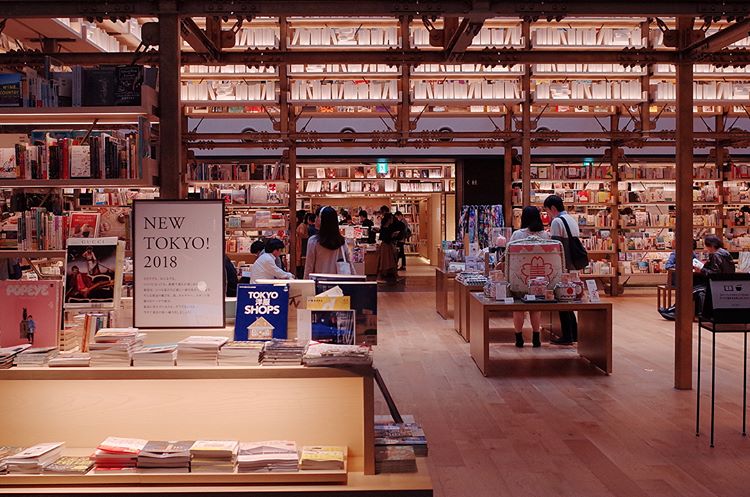
I came across an article the other day that Shanghai will be welcoming the city’s very first Tsutaya bookstore. If you haven’t heard of Tsutaya yet, its origin could be traced back to the early 1980s in Osaka, where its founder Muneaki Masuda embarked on his business journey and opened the first Tsutaya Bookstore in Hirakata, Osaka.
It was considered quite innovative 40 years ago, when Masuda created this hybrid model which combined CD rentals, bookstore and cafe into one. Almost 40 years later, Daikanyama T-Site is one of the most beautiful bookstores in the world and is rated as a top destination for book and architecture enthusiasts.
It is intriguing that in a world that is so fast-paced and accelerated by digitalisation, Tsutaya advocates the opposite, offering a cosy and aesthetically pleasing physical space where people can slow down and discover the joy of life.
It also made me really curious about the business model and philosophy behind its parent company Culture Convenience Club (CCC). It is such an under-reported company in the Western media. I feel that I can at least fill some gaps so that you wouldn’t only see the name of Tsutaya on travel sites. It is worth noting that given limited resources I can find on the internet in English and the language barrier in Japanese, I rely on a lot of information from Chinese media, as well as books by the founder translated into Chinese. I also didn’t intend to do a deep dive business analysis of the company. Instead, I will share the knowledge I collected and what we can learn from the Japanese business philosophy.
The past#
In the year 1983, Masuda opened the very first Tsutaya in Osaka, selling books, and renting CDs and movies to young people. However, it was never meant to provide books or physical goods only. From the outset, Masuda wanted to found a company that offers customer value beyond the physical products, but rather lifestyle that is a reflection of those products (or lifestyle navigation as they mentioned here).
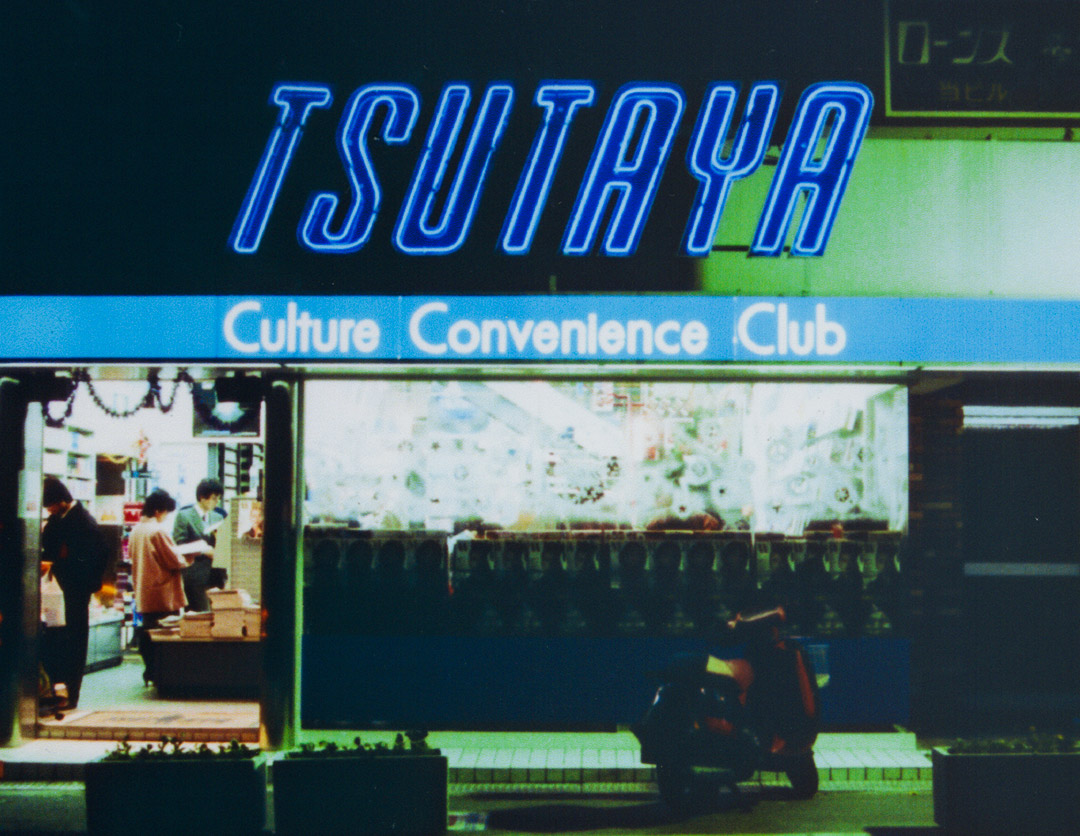
The first Tsutaya was already a space that embraced the concept defined by Masuda as multi-package store (MPS), which was an outlier in terms of business operation back in the late Shōwa Era. However, he persisted, and this business concept has thrived in the 21st century.
Two years after the grand opening of Tsutaya bookstore, CCC was founded. On Wikipedia, CCC is simply described as “a Japanese company that operates Tsutaya, a chain of video rental shops and bookstores”, which I think is an understatement of what the parent company’s ambition.
As Masuda mentioned in his book 知的資本論, which I loosely translate as Knowledge Capital, the mission of CCC is to build the cultural infrastructure for Japan and the world. The company provides innovative ideas and proposals to change/reimagine the interaction between people and their environment, so that customers can live happier and more fulfilled lives.
CCC sees itself more of a company that proposes innovation in lifestyle, or 企画会社 in Japanese, which can be literally translated as a planning company.
In the last decade of the 20th century and early 2000s, CCC operated thousands of Tsutaya chain stores across Japan, that catered to the needs of the young generation in that period. Masuda viewed that era as the second stage of consumerism, where there was an oversupply of products and the value chain shifted from product to platform. Tsutaya was one of them.

Fast forward to 1999, the year before Amazon entered the Japanese market, CCC launched Tsutaya online, a platform that offers books and other content on the internet. Masuda mentioned in his book that had the company invested all capital and operational resources in online service back then, they’d have taken over e-commerce in Japan.
“One of the reasons was that I overlooked the fast development and prevalence of the internet as it’d become today,” Masuda said. “However, even if I knew it, I probably would not let CCC focus on the online business only.”
According to Masuda, the CCC’s edge is to create appeals in physical stores in the age of digitalisation. “To be honest, it’s also because I enjoy physical space more where people are connected in real life,” he said.
This could be where the future Daikanyama T-Site was coming from. However, it doesn’t necessarily mean CCC has given up on online services. In fact, CCC launched one of the most popular point reward systems in Japan - T-Point in 2003, through which consumers can collect and redeem points from a wide range of stores and departments. As of November 2019, T-Point reached more than 70 million members across Japan, covering more than half of the nation.

The present#
Daikanyama Tsutaya Books and adjoining Daikanyama T-Site opened in December 2011. To Masuda and CCC, this was like an experiment and a bold move.
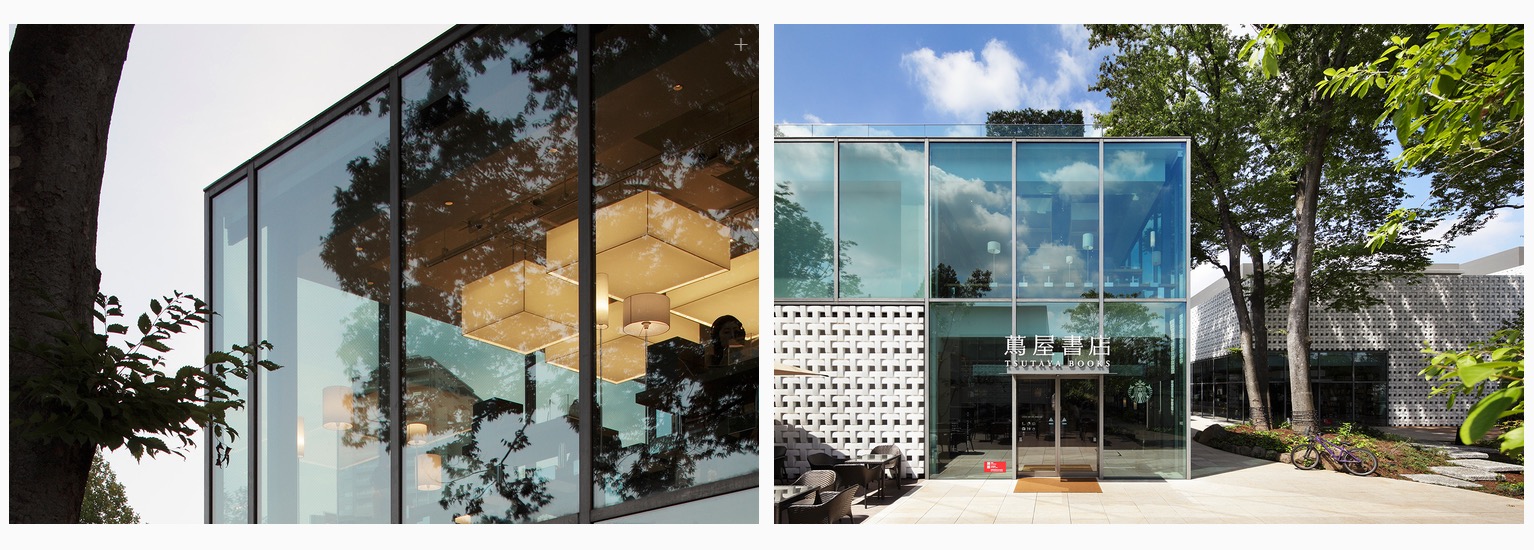

The public were sceptical of the project when CCC proposed the construction. Against the backdrop of ever accelerating digitalisation, it’d be extremely hard to succeed as a physical bookstore. However, as mentioned above in different stages of consumerism, Masuda thought in stage 3, the problem with bookstores is that they only sell books.
“To customers, the value-add does not lie in the book itself, but rather the content and proposal inside books… Therefore the innovation in bookstores is not selling books, but instead, the concept of lifestyle reflected from those books… A book is only a medium”
- Muneaki Masuda
Daikanyama is a stylish and wealthy suburb in Tokyo, with lots of boutiques and cafes. As a high-end residential area, the demographics mostly comprise upper middle class families. Daikanyama T-Site was originally designed for them - consumers aged 50-something or above, who were once young adults back in the 80s and grew up with Tsutaya. Everything in the Daikanyama T-Site is centred around them.

The comfort provided by physical stores will be the key competitive advantage.
On the T-site website, it describes Daikanyama Tsutaya Books as the Tsutaya for grownups and is tied to the theme of “A library in the woods”. Magazine Street connects three building wings together. Books and current issues of periodicals are curated by staff, grouped by contents, with topics ranging from Cuisine, Travel, Cars and Motorcycles, Architecture and Design, Art, and Humanities and Literature. The bookstore and cafe opens from 7 a.m. in the morning to cater for the elderly; the pet service is brought in to assist with daily pet needs of local residents.
Initially when CCC chose to build this T-Site at a location in Daikanyama, they didn’t believe it would attract so much traffic. Through the comprehensive study and research into the local market, however, Daikanyama T-Site has become a landmark in the area and enriched customer’s life through CCC’s concept of lifestyle navigation.
“In a society where people are easily connected on the internet, gathering in physical space requires intentional introduction of things that the internet cannot offer. It could be the wind, it could be the light and the comfort vibe created through all these”
- Muneaki Masuda
The concept of providing unique values (comfort, happiness and lifestyle navigation) to people through deep understanding of customer needs, backed by sophisticated design proposal and big data persists in CCC’s subsequent projects such as the public library in Takeo, Saga and Tsutaya Electrics in Futako Tamagawa, Tokyo.

Takeo is a city in Saga Prefecture, with a population around 50,000. Ever since the opening of the new library, the foot traffic tripled to 1 million per year in the small city.
Renovation of Takeo City Library was a collaboration between CCC and Takeo city government, and it is an experiment on city development that extended beyond Masuda’s idea of customer value creation to citizen value creation.
Public libraries serve a role in lifelong learning. However, before the project, only 20% of the residents in Takeo were using public library services and the rest were pure outsiders.
Questions were raised among the public if it was worth spending the money on renovating the library. Keisuke Hiwatashi, the mayor of Takeo, was really keen to turn his hometown into a city where the younger generation (a.k.a. adults of the future) would be proud of, and thought the rebirth of the city library would be a great opportunity for Takeo.
Apart from redesigning the interior, CCC also introduced multi-use space which merged concepts of library, bookstore, rental and cafe into one.
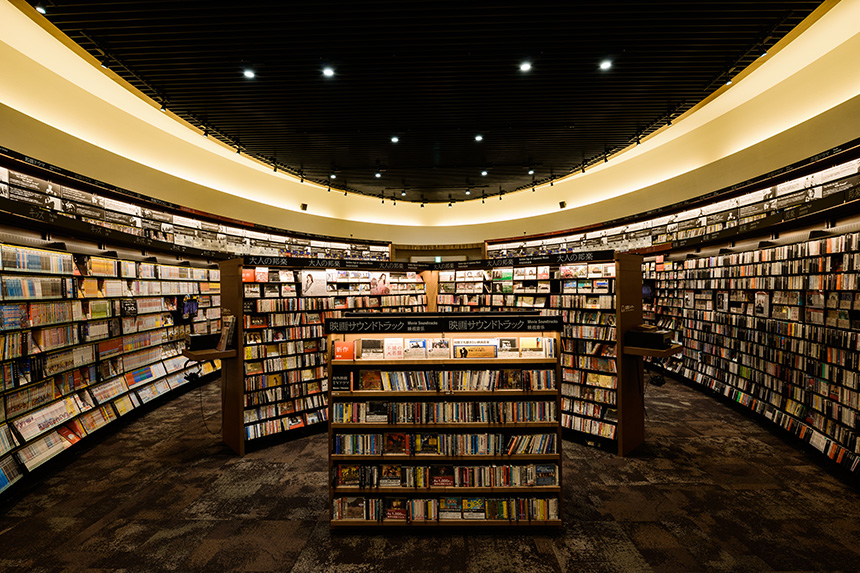
Abandoning the traditional way of book assortment in Japan, which no longer fits the modern lifestyle,Takeo City Library borrowed the method Tsutaya uses to curate books based on contents and relevance among various categories. In addition to that, the library also took a revolutionary management approach, having the majority of the book collection open shelf. This leaves a great impression on visitors when they walk into the library and see an overwhelming sea of books. CCC believes this sensation is hard to be offered through online experience.
Shortly after the grand opening of Daikanyama T-Site, CCC began looking into another area of people’s life - electronics. Masuda admitted in his book that he was inspired by the iPhone. In the book, Masuda says that Steve Jobs was not only selling the iPhone as an electronic hardware, but a whole new lifestyle concept behind the iPhone.
“A product that delivers a concept or philosophy beyond physical, i.e. incorporating a lifestyle can surpass borders, races, age and gender”
- Muneaki Masuda

To differentiate Tsutaya Electronics from traditional electronic department stores, CCC emphasises again on lifestyle navigation. Masuda made the analogy between Tsutaya Electronics and lifestyle magazines, in which customers can receive various lifestyle proposals from store displays as well as suggestions from concierge staff members. CCC also brings together books and home appliances into the same place, which blurs the border between bookstores and electronic stores.
It also wouldn’t be successful without a deep understanding of consumer needs. As mentioned before, CCC’s T-Point covers more than half of Japan’s population, and the data provides information on people’s consumption pattern and trend. On the other hand, design experts in CCC and the CEO himself regularly visit the local areas where projects will be developed in order to observe and understand the local lifestyle.
The chart below summarises CCC’s business focus and innovation in the following four areas, all of which are interconnected and supported by CCC’s guiding principles, design expertise and big data.
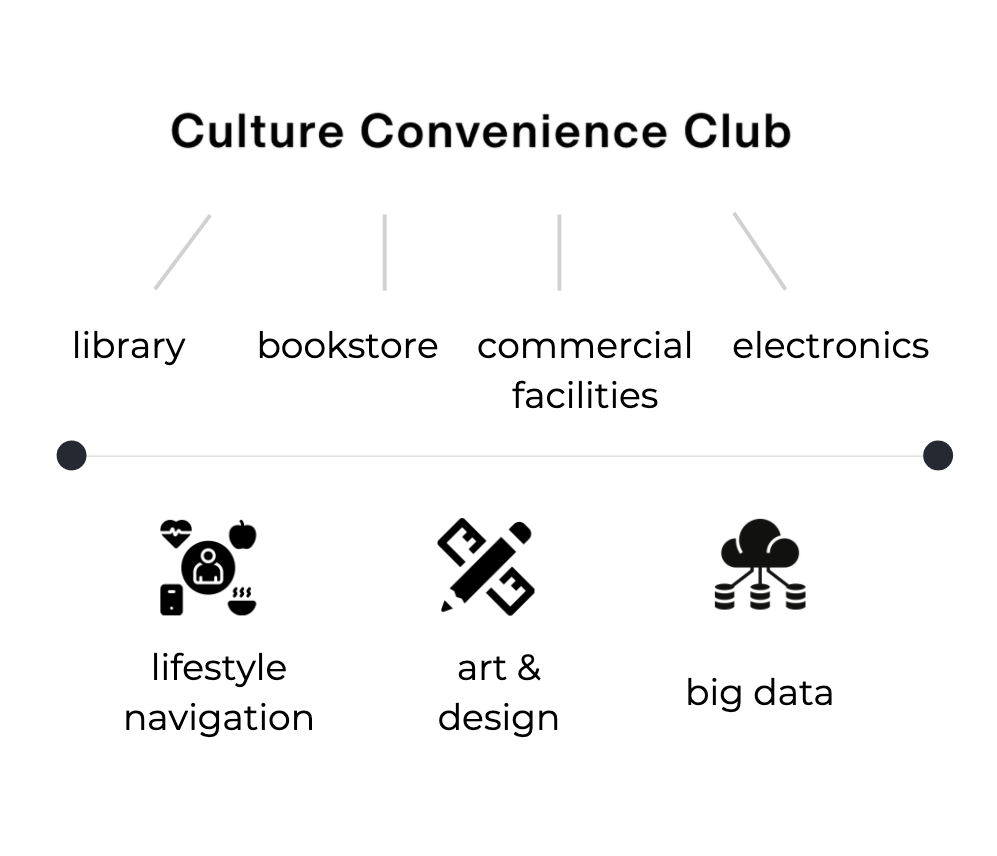
The future#
Going forward, I believe CCC will continue to deepen their roots and create more innovation in the four areas above, all the while contributing to the development of future cities across Japan. There have been proposals to turn JR stations into a complex of cafes and parks, and plans to transform Tokyo as the centre of design beyond 2020.
We are living in an era of design where physical goods carry more meaning than justs pure functionality. If you’ve been to Japan or have bought any Japanese product, you’d notice how much thought that goes into packaging, design and the service of a product.
What also makes me admire Masuda and CCC is their business philosophy.
“Humans used to create things with their hands, but with the Industrial Revolution and capitalism, people used their brains to increase gross domestic product. But going forward, we need to use our heart to create goods and services. This is the meaning of a rich society”
- Muneaki Masuda
In a speech at Panasonic’s Cross-Value Innovation Forum 2018 here, Masuda brought up four Cs that are must-have and future-proof attributes for everyone in the culture space: creativity, critical thinking, communication, and collaboration. He summed this up with an epigraph from Zen Buddhism: 一切唯心造, or “The heart creates everything”.
Afterword
Thank you for reading and hope you enjoyed it as much as I do! Writing this post really brings up so many good memories I had in Japan, especially Tokyo, one of my favourite cities in the world.
To me, a large part of the Japanese aesthetic lies in appreciating subtleties in life, and that every aspect of life can be transformed to an art. I gradually learned to appreciate what I have a lot more with this realisation.
Shown below was a photo I took back in the summer of 2016. On the way back from Tsutaya, I walked around the neighbourhood to indulge myself in a peaceful evening. The summer breeze was warm and I could hear kids talking and laughing after school. At that moment, I felt like I travelled back to my primary school where everything was so carefree.
This was my very fond memory of Daikanyama, in this cosy corner of the world.
